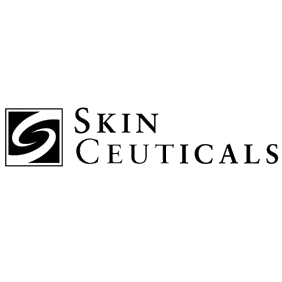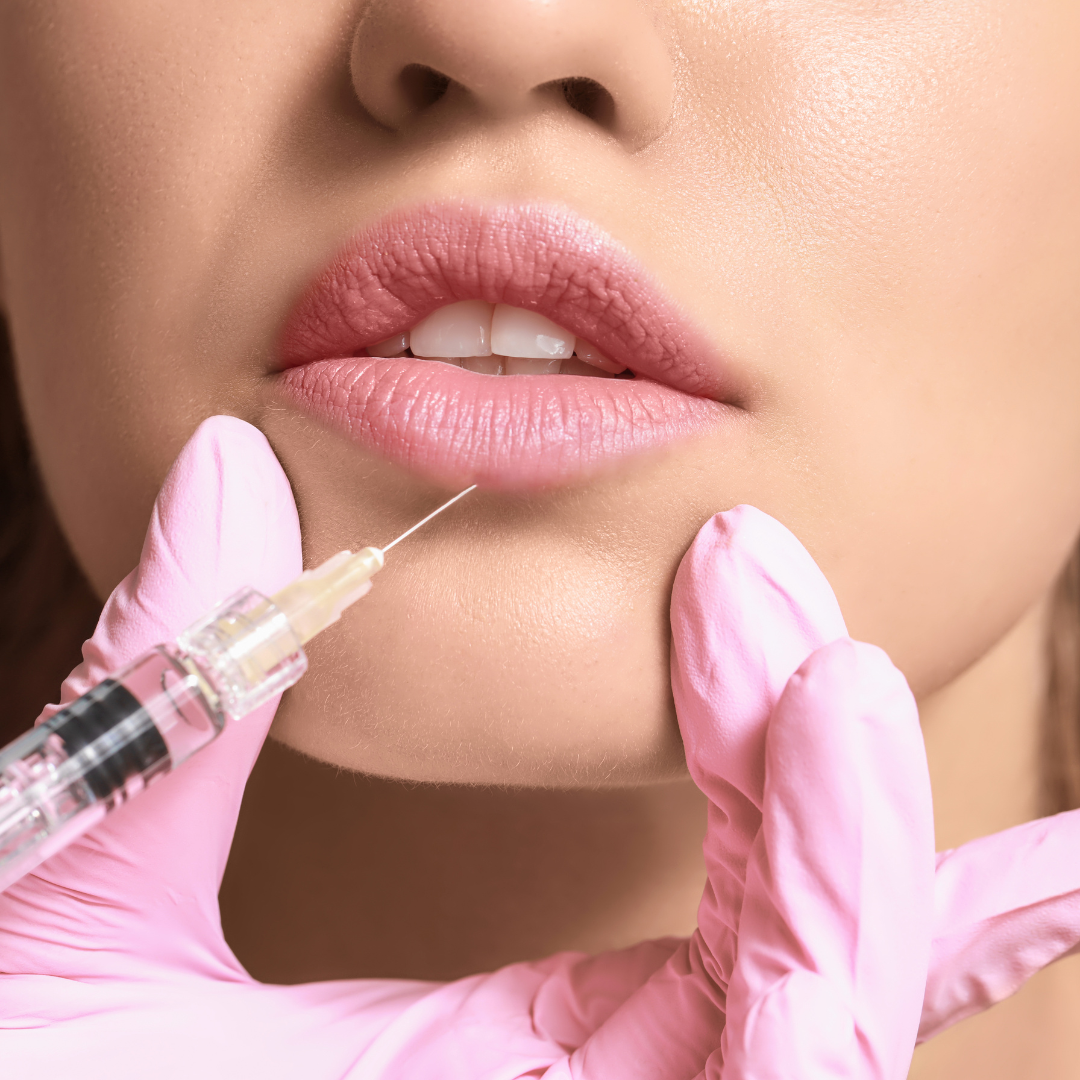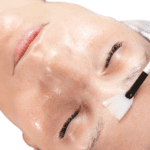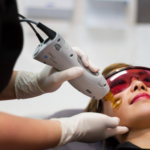Goodbye
Scars
- Free consultation
- 15% off
- Upfront Pricing
- Full skin analysis
- Free follow-ups
- chat, phone, video call options
Scars in Depth
Scars are visible reminders of past injuries or surgeries, marking where the skin has healed after being damaged. They form through the body’s natural healing process, creating new collagen fibers to mend the dermis, the skin’s deeper layer. This results in tissue that looks and feels different from its surroundings. The appearance of scars can vary greatly, influenced by the nature of the injury, the healing process, and individual factors such as age, genetics, and skin type. They can range from flat and pale to raised or indented, and while some may fade over time, others become permanent features.
Factors like excessive sun exposure, smoking, and certain environmental conditions can exacerbate scar formation or worsen their appearance by interfering with the healing process. Moreover, the location and tension on the skin where the injury occurred can affect the scar’s development and visibility.
To address scars, treatments often aim to improve their appearance, making them less noticeable. Options include laser therapy, which can reduce redness and smooth out the texture; microneedling, known to stimulate collagen production and promote healing; and surgical revision for more pronounced scars. Dermal fillers can also be used to fill indented scars, creating a more even skin surface. At Reimagine Clinic, a variety of scar treatment options are explored to offer tailored solutions based on the scar’s characteristics and the patient’s skin type, ensuring effective and satisfying results.
Products used



Treatment choices
we’re here to answer all your questions
What causes scarring?
Scarring occurs as part of the natural healing process following an injury to the skin. It results when the deeper layers of the skin, the dermis, are damaged, and the body forms new collagen fibers to mend the wound, leading to a scar. Factors influencing scarring include the size, depth, and location of the injury, as well as genetics and individual healing processes. For a deeper understanding, visit Johns Hopkins Medicine.
Are there different types of scars?
Yes, there are several types of scars, including keloid scars, hypertrophic scars, atrophic scars, and contracture scars. Each has distinct characteristics, from raised and overgrown keloid scars to sunken atrophic scars that occur after acne or chickenpox. Learn more about the different types of scars at the Cleveland Clinic.
Can scars be completely removed?
While some scars may fade significantly over time, completely removing a scar is challenging. However, various treatments can reduce their appearance, making them less noticeable. Options range from topical treatments and injections to laser therapy and surgery, depending on the scar type and severity.
Do chemical peels help with scarring?
Chemical peels can help reduce the appearance of scars by removing the outer layers of the skin and promoting new, smoother skin growth. The effectiveness of chemical peels on scars depends on the peel’s depth and the type of scarring. Consult a skincare professional to determine if this treatment is right for your scars.
How can I prevent scarring?
Minimizing scarring begins with proper wound care, which includes keeping the wound clean, covered, and moist to prevent infection and promote healing. Avoiding direct sun exposure on healing skin can also reduce the risk of scar formation. For detailed prevention tips, check out WebMD’s advice on scars.
What treatment options are available for scarring?
Treatment options vary widely, from minimally invasive procedures like injections and microneedling to more intensive treatments such as laser therapy and surgical removal. The best approach depends on the scar’s type, size, and location, as well as the individual’s skin type and overall health.
For personalized treatment advice and to explore the most effective options for your scarring, consult with a dermatologist or skincare specialist who can provide tailored recommendations based on your specific needs and goals.
Drop us your questions
If you have questions? Let us know and we will get back to you as soon as we can
Email Us
info@reimagineclinic.ca
Call Us
438-686-8460



